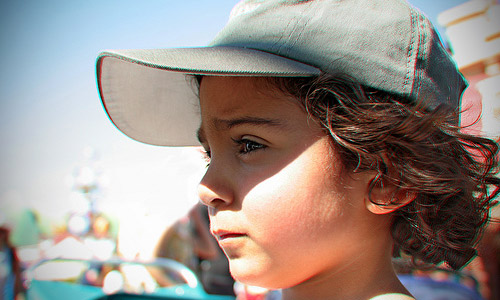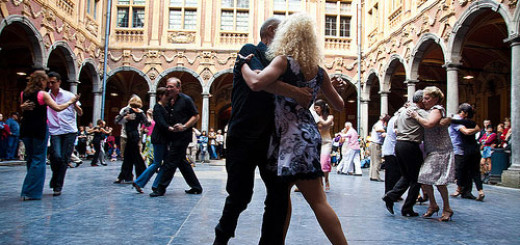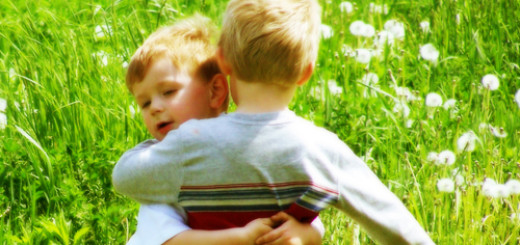Top 3 Things That Kids Fear And Ways To Help Kids Get Over Fear

Sharon is two years old. Show her a tall slide and she will throw herself down it. Dangle her upside down over your shoulder, and she will giggle with delight. But, burst a balloon anywhere near her, and she will cowl in the corner, white with fear. Lots of toddlers around Sharon’s age suddenly develop an intense fear of something they have never turned a hair at before-be it dogs, loud noises or men with beard. Experts say, this is completely normal as it is a part of your toddler’s developmental phase. Soon after your child turns two, his/her imagination really takes off. All the ideas buzzing around inside his/her head are exciting for the child but can also be confusing and unsettling. Your toddler’s thoughts are controlling him/her, rather than your toddler controlling them, and that can be scary. So what is your solution to get rid of your little one’s fears that have never bothered him/her before? Do not make the mistake of neglecting this matter, as what seems to be casual for you is not the same for your little one. Hold them, reassure them, tell them you are there for always. Calm, soothe, hug and never let go any such thing. First find out what is actually bothering your toddler, and why. Here’s our guide to the most common kids fears and some tips to help reduce the fear factor.
1. Loud noises
Some children seem to have extra sensitive hearing abilities, but the main reason why loud noises can be so frightening is that they take your toddler by complete surprise. When you see a man with a hard hat and a drill, you automatically protect your eardrums from getting banged, but your toddler does not.
How to fight this fear?
Try to anticipate the noise and head off your child’s shock. So you could say, “Look, dad has got the drill out. See what is he doing ? It’s gonna make a loud noise!!!” Try to make this fun and laugh and clap after the sound. This will make your toddler feel at ease. A demonstration can work too. Some toddlers are scared of vacuum cleaners. So you can let them see how the vacuum cleaner sucks in sand, dirt and bits of paper. But it can’t suck their toy train, and daddy’s toes. Such visual demonstrations and explanation that such loud noises will not harm them are very effective. If a noise takes both of you by surprise, comfort your child, and then try to pacify by talking about what you have just heard. So if the sound was that of a fire engine, explain, “Fire engines have to make a loud noise, so other cars will get out of the way as they rush to the fire.”





